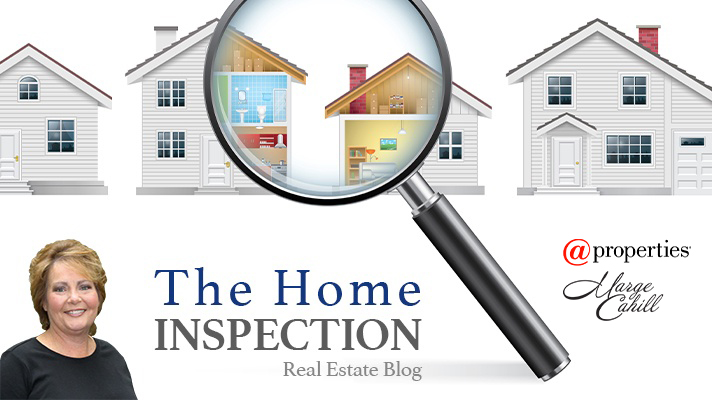Is it Modular or Manufactured Housing?
There are many terms used for the type of homes available, and it can be difficult to keep the names straight. Here’s a quick course in the various types of homes available on the market today:
Stick Built Homes
Stick built, or site built, homes typically refer to traditional, single-family homes that are built at the same site that the finished home will stand. It’s built by a local contractor and built to area construction codes.
Manufactured Homes
Manufactured homes, more commonly known as mobile homes, are the stereotypical rectangular, shoebox structures you see all over the country. In some cases, these homes have been replaced by 2,500-square-foot homes with sun rooms, and even decks in some cases. The Manufactured Housing Institute defines a manufactured home as “a single-family house constructed entirely in a controlled factory environment, built to the federal Manufactured Home Construction and Safety Standards, better known as the HUD Code”. Most people still refer to them as mobile homes, but the Manufacture Housing Institute says that the term only refers to those built prior to June 15th, 1976, when the HUD code went into effect.
The U.S. Department of Housing and Urban Development defines a manufactured home as a dwelling that contains at least 320 square feet with a permanent chassis for transportability (or “mobility”) of the home. These homes are constructed according to the Federal code that applies nationwide. Due to the uniform code, these structures are thoroughly inspected at a factory and have to pass government standards.
Annually, 25% of new residential construction and home sales in the U.S. are manufactured homes. It is the lowest cost stand-alone residence you can buy. You can purchase a brand new single-section manufactured home for less than $29,000 in many areas. And, thanks to some new designs, manufactured homes are losing their stigma.
As far as manufactured homes have come, there are still some drawbacks. One is that there are many communities that don’t allow manufactured homes, and another is the costly insurance. The insurance comes from the perceived risks of manufactured homes. Insurance costs are based on risk and, according to insurers, manufactured homes are among the riskiest homes to insure. They’re more inclined to succumb to hazardous weather because they’re lighter than stick-built home. There’s a lot more risk involved with manufactured homes.
Modular Homes
What exactly is a modular house? These homes, like manufactured homes, are built in a factory, quality inspected the entire way. However, unlike manufactured homes, the pieces, called modules, of the house are transported to the building site and are put together by a building contractor. Due to them being constructed inside, there is no weather delays. Some floor plans can be built in two weeks, and can take an additional two to four weeks to attach the modules to a concrete foundation, set up the utilities, and complete the home.
Unlike manufactured homes, modular homes must conform to the specific building codes in their locations. They generally cost more than manufactured homes, but cost less per square foot than comparable site-built homes. They’re also extremely energy efficient. Very few communities have restrictions on modular homes. With an unlimited range of styles, the modules can even be shipped with custom walls, carpeting, bathroom fixtures, cabinets, countertops, plumbing, and more already installed.
Modular houses are the way of the future. 30% of Japanese homes and 60% of Swedish homes are modular homes. They work great for people who want to build in remote or rural areas, and they cut waste and environmental problems. These homes usually qualify for traditional mortgages because they are part of a land and home purchase, much like site-built homes.




